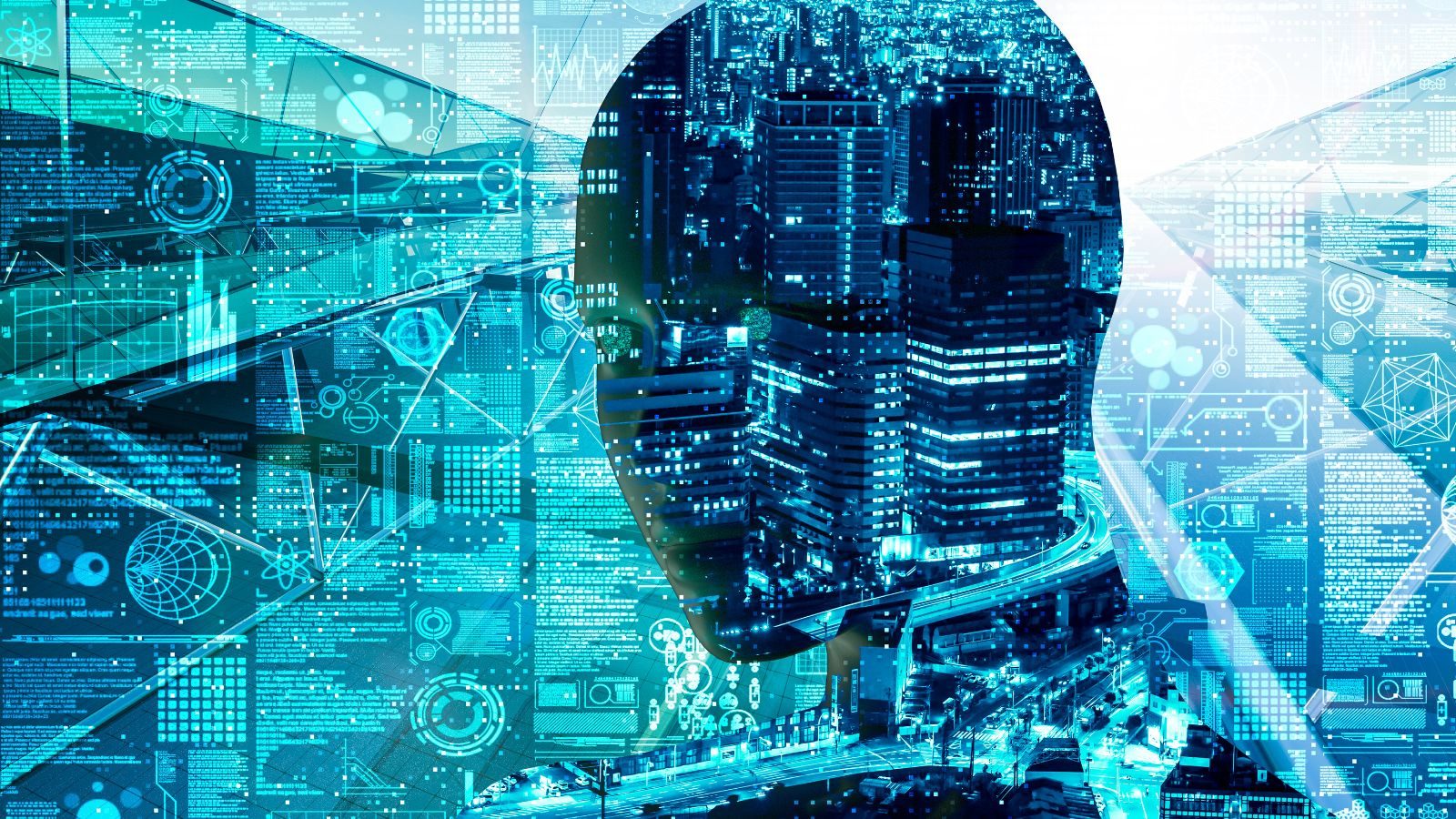Anthropic, the AI startup backed by Google and with substantial venture capital, has just introduced the latest iteration of its GenAI technology: Claude 3. This announcement marks a significant advancement in AI capabilities, positioning Claude 3 as a formidable competitor even against OpenAI’s GPT-4.
Advanced Capabilities
According TechCrunch, “Claude 3, as Anthropic’s new GenAI is called, is a family of models — Claude 3 Haiku, Claude 3 Sonnet, and Claude 3 Opus, Opus being the most powerful. All show “increased capabilities” in analysis and forecasting, Anthropic claims, as well as enhanced performance on specific benchmarks versus models like ChatGPT and GPT-4 (but not GPT-4 Turbo) and Google’s Gemini 1.0 Ultra (but not Gemini 1.5 Pro).”
Multimodal Functionality
One notable feature of Claude 3 is its multimodal functionality, enabling it to analyze both text and images. This capability, like some iterations of GPT-4 and Gemini, allows Claude 3 to process various visual data such as, “…photos, charts, graphs and technical diagrams, drawing from PDFs, slideshows and other document types.” TechCrunch went further to note, “In a step one better than some GenAI rivals, Claude 3 can analyze multiple images in a single request (up to a maximum of 20). This allows it to compare and contrast images, notes Anthropic.” However, Anthropic has imposed limits on image processing to address ethical concerns, “Anthropic has disabled the models from identifying people…”
Claude 3’s Limitations
While Claude 3 showcases remarkable advancements, it’s not without limitations. TechCrunch reported that, “…the company admits that Claude 3 is prone to making mistakes with “low-quality” images (under 200 pixels) and struggles with tasks involving spatial reasoning (e.g. reading an analog clock face) and object counting (Claude 3 can’t give exact counts of objects in images).” Anthropic promises frequent updates to Claude 3, aiming to enhance its capabilities and address existing limitations. These updates will include improvements in following multi-step instructions, structured output generation, and multilingual support, making Claude 3 more responsive and adaptable to user needs.
As Anthropic continues to innovate and expand their offerings, the company remains dedicated to fostering a transparent and responsible approach to AI development. With substantial backing and a clear roadmap for future enhancements, Anthropic is poised to share the future of AI-driven solutions and pave the way for transformative advancements in various domains.
If you’re looking to take your career to the next level be sure to check out our IT page.



